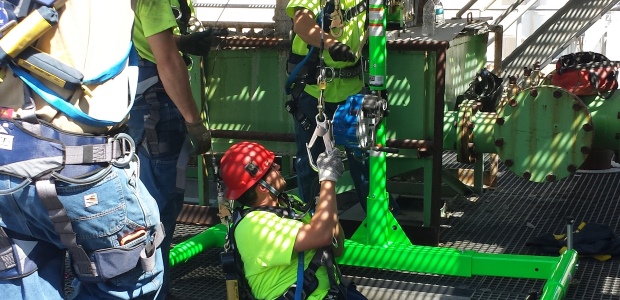
By Craig Firl, Rick Argudin
It is imperative to get the adequate training, to select the proper equipment, and to practice entering, exiting, and performing simulated rescues.

By Jill A. Conley
Proposed changes have been submitted for both the ANSI/ISEA 105 Hand Protection Selection Criteria and the EN 388 European regulatory standard for protective gloves. Everyone involved in the design, development, and specification of cut-resistant apparel and PPE needs to understand the impact of these changes on their selection and purchasing decisions.
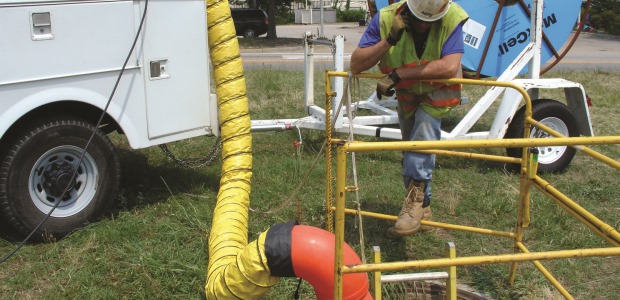
By Stephen Durr
If the environment is hazardous, explosion-proof or intrinsically safe ventilation equipment must be used to protect workers.
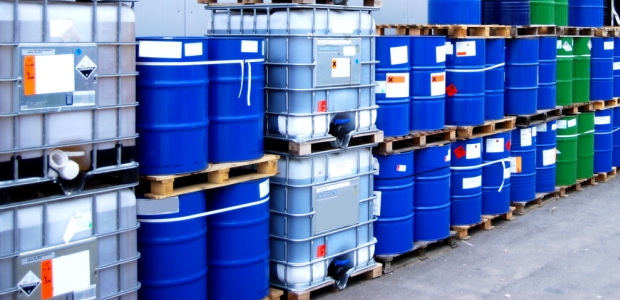
By Glenn D. Trout
Cloud-based environment, health, safety and sustainability management software solutions make it easier than ever to track and report on chemicals and safety processes across facilities.
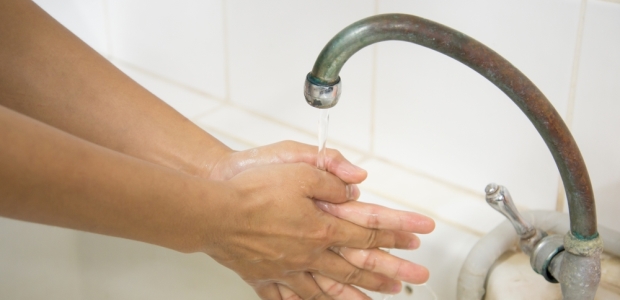
By Isabelle Faivre
Preventative maintenance and care of your workers' hands may sound like common sense, but the statistics don't lie: Many are not doing enough.
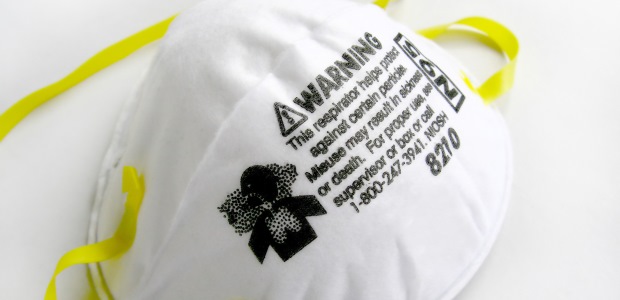
By Chuck Paulausky
Always be sure that you have chosen the correct mask for the application and that you follow all of the manufacturer's recommendations and all OSHA requirements.

By Jerry Laws
Workers and their safety and procurement managers should be familiar with the guidance for keeping a hard hat in fighting trim.
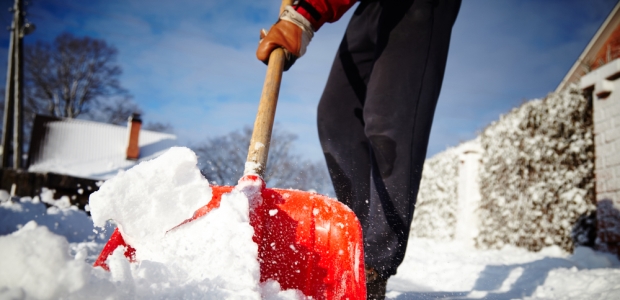
By Julie McFater
Let's take a look at some of the easiest ways to make sure your hands are always up for the job, regardless of the weather.
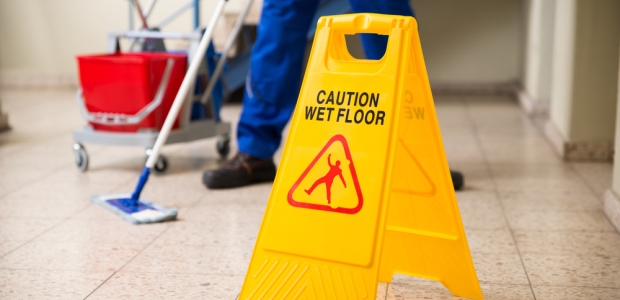
By John M. Eliszewski
Slips, trips, and falls are an everyday risk at hospitals and comprise one of the top accident categories.
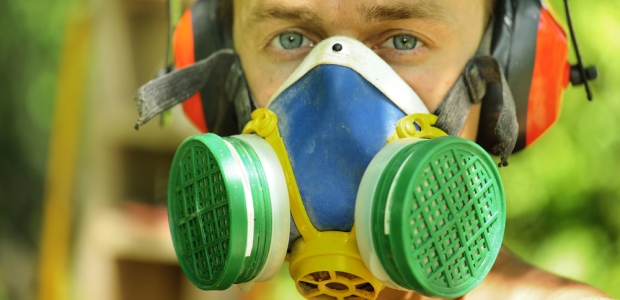
By Matthew Cromer
The final step is testing whether the selected respirator suits the workers themselves.
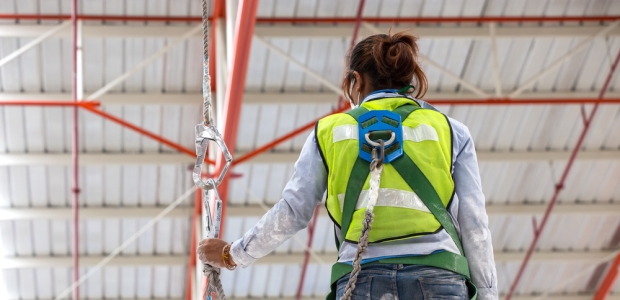
By Pat Furr
Whatever training you attend and complete should be viewed as the launching point to get you started on learning everything you can about fall protection.
By Robert Pater
Leaders have to encourage mental readiness, first in themselves and then within everyone else.
By Jerry Laws
Rebuilding trust won't be easy.
By
If people are unaware of what they need to do or how they need to do it, we must ensure communication is clear and both performance and results based.